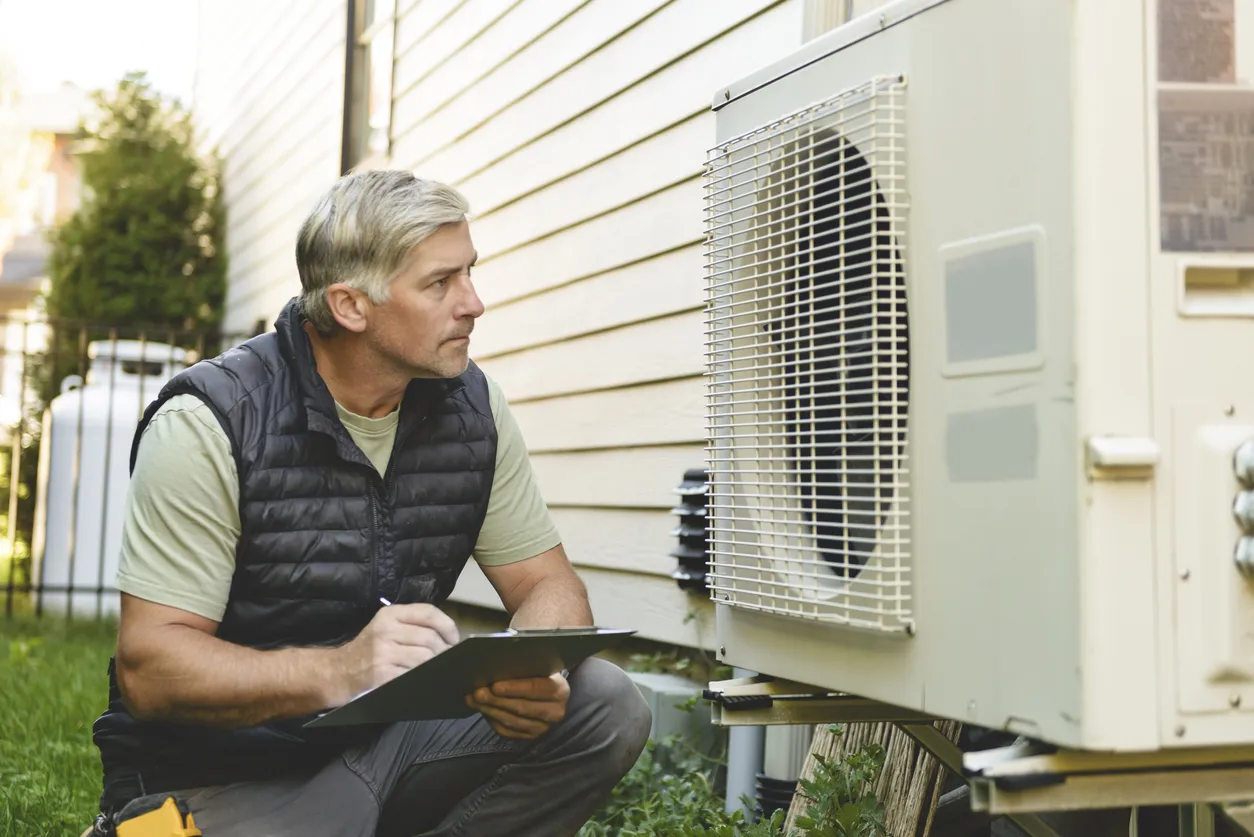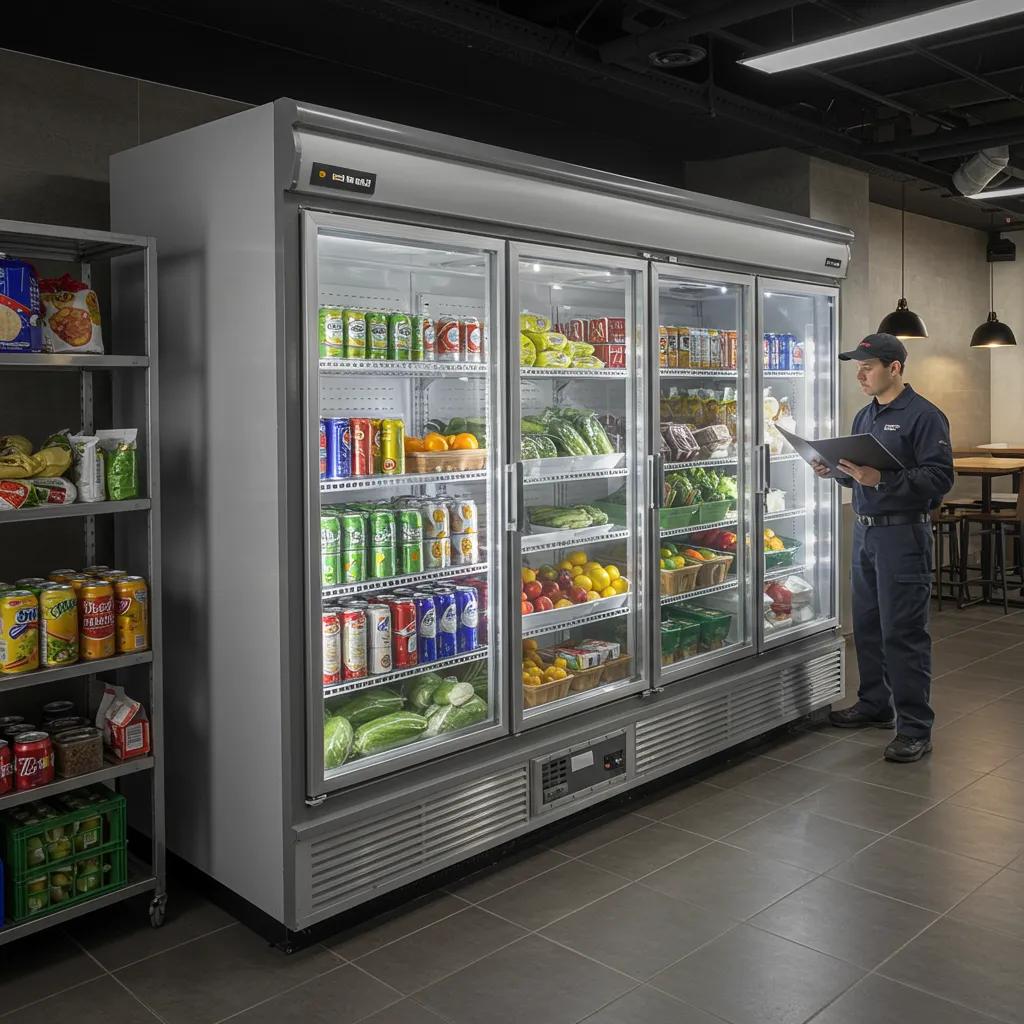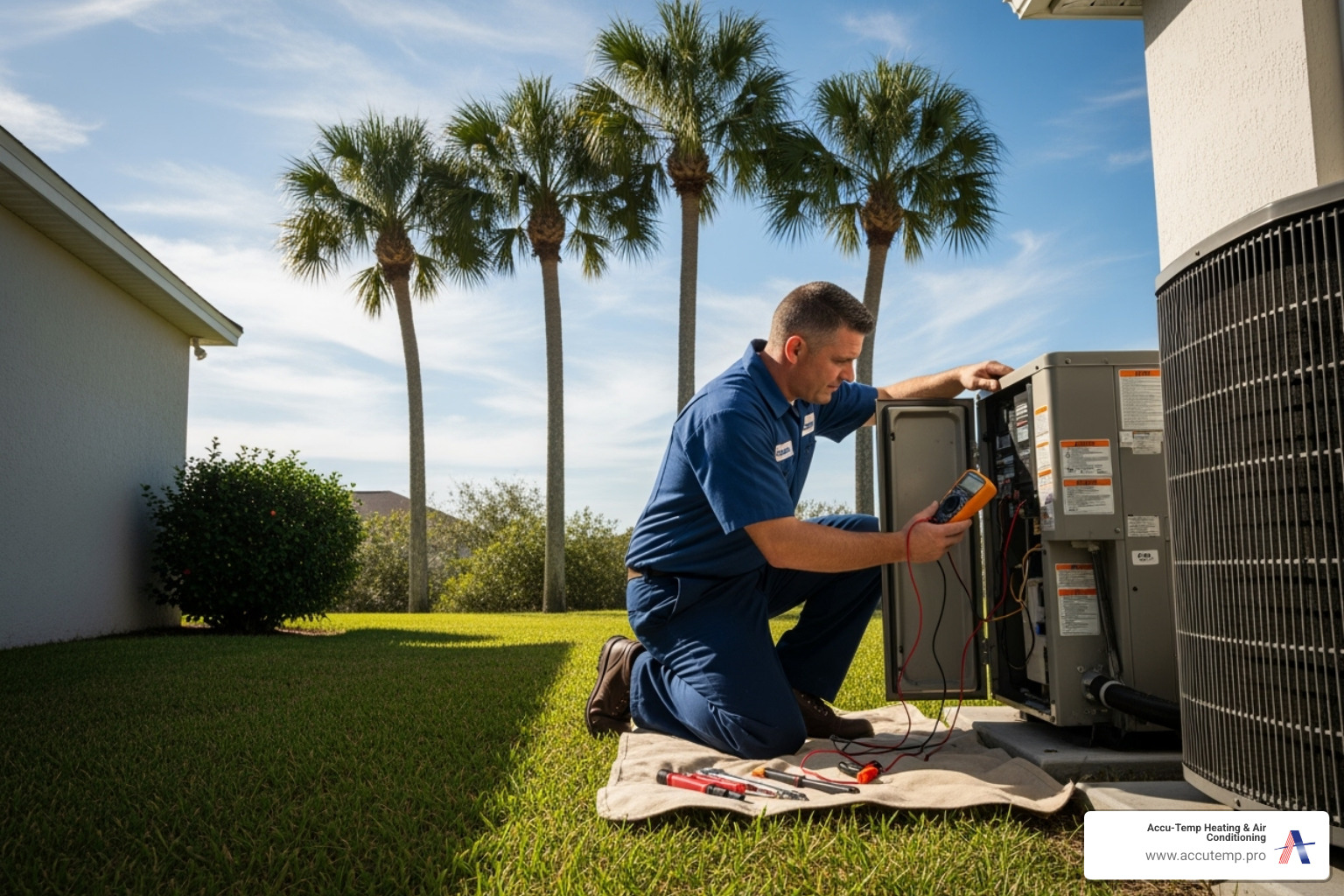Many families in Daytona rely on clean indoor air to stay healthy throughout the year. What a lot of homeowners don’t realize is that mold growth inside air ducts can silently impact the air they breathe every day. While you can’t always see what’s inside the ductwork, it plays a major role in the quality of the air moving through your entire home. When mold becomes a problem in these systems, it doesn’t just stay hidden, it spreads spores into the air that circulates through every room.
Keeping ductwork clean isn’t just a home maintenance task, it’s a step toward protecting your family’s well-being. Mold thrives in places that are damp, warm, and dark, which makes air ducts in homes across Daytona a common spot for this issue. With high humidity during summer, it’s even more important to understand the health problems mold can cause and how to prevent them before they affect your daily life.
The Health Risks of Mold in Air Ducts
Mold spores can sneak into your home’s air system and start affecting people long before you see any visible signs. Once inside the ducts, these spores circulate through vents and enter the air you breathe. This exposure is especially harsh on kids, elderly family members, and anyone with asthma or other respiratory issues.
Health symptoms linked to mold in ductwork may include:
1. Frequent sneezing or coughing with no clear cause
2. Nasal congestion or sinus irritation
3. Shortness of breath, especially among those who are sensitive to indoor allergens
4. Red, itchy eyes or skin discomfort after staying indoors for long periods
5. Sudden flare-ups of asthma or other breathing conditions
Sometimes, the signs show up slowly. A child might develop a persistent cough, or someone might notice they feel worse at home and better somewhere else. Because mold can grow undetected, it often takes a while to connect health symptoms to the actual source. That’s why it’s key to take these signs seriously and look for possible issues in your home’s ductwork, not just in the areas you can see.
Common Causes of Mold in Air Ducts
Mold needs two things to grow: moisture and organic material. If it’s warm and damp inside the ducts, conditions can quickly get out of control. In Daytona, where summer humidity often lingers, air ducts easily collect moisture from condensation or leaks. If the ducts aren’t checked and cleaned regularly, mold can settle and start spreading.
Here are some major reasons mold may grow inside your air ducts:
1. High humidity levels inside the home combined with poor airflow
2. Leaky duct connections that allow moisture to enter
3. Clogged or dirty air filters failing to trap particles that feed mold
4. Using an oversized air conditioner that cycles off too quickly, leaving behind excess moisture
5. Lack of proper insulation around the ducts, which causes condensation
Regular usage of the HVAC system can create changes in temperature that lead to water buildup. If this moisture isn’t addressed, it acts as a perfect environment for mold to grow, hidden deep inside the duct system where homeowners rarely check. Once spores develop, they’re carried by your AC or heating cycles throughout the home, affecting every room.
Staying aware of these causes helps reduce the risk, but even homes that appear well-maintained can experience it. That’s why keeping up with duct inspections, especially in highly humid areas like Daytona, is so important.
Signs of Mold in Your Air Ducts
Spotting the signs of mold in your ductwork can be tricky since it often develops out of sight. But some noticeable changes around the home may give you an early warning. People in Daytona often report a musty or damp smell that lingers after the AC runs. This odor is one of the most common red flags that something’s growing in the system.
Other signs to watch for include:
1. Visible mold near air vent covers or around duct openings
2. Frequent allergy symptoms or respiratory discomfort at home
3. A rise in indoor humidity even when the AC is running properly
4. Eye, nose, or throat irritation without a known allergen
5. Dark patches or spots on walls or ceilings near vents
In some cases, homeowners may try to clean visible mold on vents, but this rarely solves the problem. That mold is often part of a larger issue deeper within the duct system. If you notice one or more of these signs but can’t trace the source, it’s a good time to have the ductwork professionally inspected. Our technicians have the right equipment and training to find mold that’s hiding inside and treat it at the source.
Why Professional Ductwork Cleaning Matters in Daytona
Cleaning air ducts might seem like something that can wait, but the warm, humid conditions in Daytona mean mold issues can grow quickly. Once mold spreads into the system, it won’t go away on its own. Over time, it continues releasing spores every time your HVAC system runs. These spores can circulate through your home year-round, not just when the AC is cooling.
Hiring trained professionals ensures that the cleaning goes beyond surface-level fixes. Our technicians are equipped to:
1. Inspect the full interior of the duct system
2. Remove current mold growth using safe, specialized tools
3. Identify underlying moisture issues that caused the mold
4. Recommend changes to improve air flow and reduce buildup
5. Sanitize the ducts to help prevent future growth
Regular ductwork cleaning is also a good step for families who have allergy-prone members or anyone recovering from an illness. Removing hidden mold helps create a healthier home with fewer triggers in the air. If the HVAC system has been running for several years without service, there’s a strong chance mold or debris has built up inside.
Homeowner Tips to Help Prevent Mold Growth
While you can’t always stop humidity in Daytona, you can reduce the chances of that moisture causing mold in your ducts. A few consistent habits can go a long way in keeping the HVAC system clean and safe.
Here are practical steps you can take:
1. Replace air filters regularly, based on system usage
2. Check for leaks around ducts and vents, especially in humid areas like attics or basements
3. Keep humidity levels in check by using whole-home dehumidifiers or AC settings that remove more moisture
4. Schedule AC maintenance each year to catch airflow or condensation issues
5. Avoid blocking vents with furniture or rugs that could trap warm, moist air
These small changes make it harder for mold to grow and easier for your system to stay efficient. If you’re unsure about when the last inspection was done, it may be time to schedule one before seasonal temperatures shift again.
Ensuring a Healthy Home Environment
A clean HVAC system means more than just better airflow, it’s about having peace of mind that your air isn’t carrying mold or allergens into your home. The conditions in Daytona, especially during the late summer months, make regular duct maintenance a smart step. Children, older adults, and anyone with breathing concerns are safer when there’s nothing hidden in the ducts that could cause symptoms.
If you’ve noticed mold signs, worsened allergies, or musty odors indoors, don’t wait to address them. Mold problems get harder to manage with time. Getting ahead of it helps keep your home comfortable and the air safe to breathe. Ductwork cleaning is one of the most effective ways to improve indoor air quality and protect your family’s health year-round.
If you’re noticing signs of mold and want to safeguard your indoor air quality, consider reliable ductwork cleaning in Daytona to eliminate hidden contaminants and enhance comfort throughout your home. Trust Accu-Temp Heating & Air Conditioning to maintain your HVAC system and keep your living environment healthy. For a quick estimate or to book a service visit, please contact us today.




